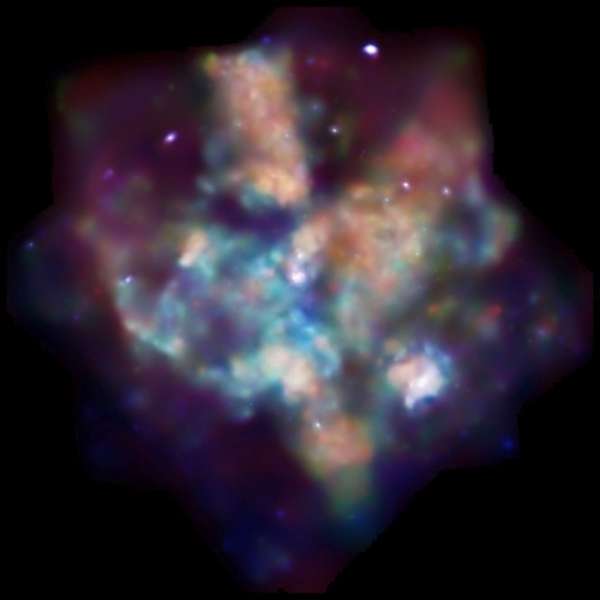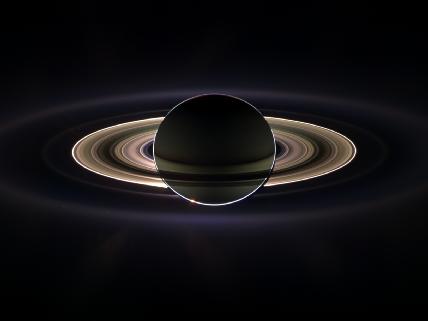
Welcome to the ezine produced by SGI Buddhists that prompts the positive, kindles the constructive, highlights the hopeful and leaves you feeling - well, up!

 Here is part two. Please see part one for more information and useful links.
Here is part two. Please see part one for more information and useful links.
 This is Greg Braden, who has some well articulated ideas about what makes things tick. The videos are worth a watch and although the science is a little thin, he does get the concepts across very well.
This is Greg Braden, who has some well articulated ideas about what makes things tick. The videos are worth a watch and although the science is a little thin, he does get the concepts across very well.
For people who do real science and need more information about some of the concepts that Greg mentions but doesn't go into or credit the originators, you might want to visit the links below.
For Greg's story CLICK HERE.
 Found in the nearby Large Magellanic Cloud, 30 Doradus is one of the largest massive star forming regions close to the Milky Way. Enormous stars in 30 Doradus, also known as the Tarantula Nebula, are producing intense radiation and searing winds of multimillion-degree gas that carve out gigantic bubbles in the surrounding cooler gas and dust.
Found in the nearby Large Magellanic Cloud, 30 Doradus is one of the largest massive star forming regions close to the Milky Way. Enormous stars in 30 Doradus, also known as the Tarantula Nebula, are producing intense radiation and searing winds of multimillion-degree gas that carve out gigantic bubbles in the surrounding cooler gas and dust.
Other massive stars have raced through their evolution and exploded catastrophically as supernovae, expanding these bubbles into X-ray- brightened superbubbles. They leave behind pulsars as beacons of their former lives and expanding supernova remnants that trigger the collapse of giant clouds of dust and gas to form new generations of stars.
 With giant Saturn hanging in the blackness and sheltering Cassini from the sun's blinding glare, the spacecraft viewed the rings as never before.
With giant Saturn hanging in the blackness and sheltering Cassini from the sun's blinding glare, the spacecraft viewed the rings as never before.
This marvelous panoramic view was created by combining a 165 images taken by the Cassini wide-angle camera over nearly three hours on Sept. 15, 2006. The mosaic images were acquired as the spacecraft drifted in the darkness of Saturn's shadow for about 12 hours, allowing a multitude of unique observations of the microscopic particles that comprise Saturn's faint rings.
 For thirteen years, astronomers have inferred only the presence of planets
circling other stars. Now, they have finally spotted them with their
own eyes.
For thirteen years, astronomers have inferred only the presence of planets
circling other stars. Now, they have finally spotted them with their
own eyes.
In two papers published online today in Science, researchers report imaging four planets circling two other stars. Experts say this direct view could shed light on planet formation - and eventually even provide signs of alien life.
The three red dots orbiting the central blob are the exoplanets.


 What's causing this unusual aurora over Saturn? No one is sure.
What's causing this unusual aurora over Saturn? No one is sure.